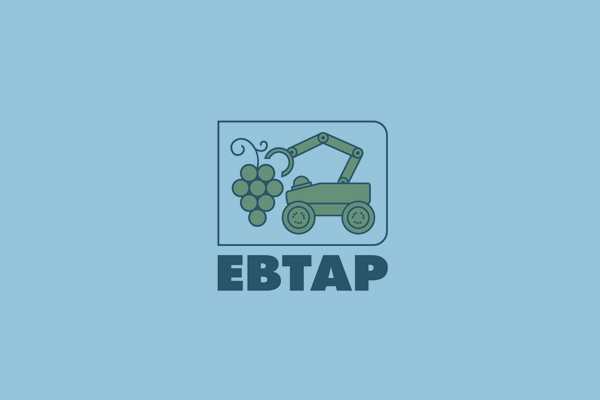A distance measure based on fuzzy D-implications: application in pattern recognition – British Journal of Mathematics & Computer Science, vol. 14
A.G. Hatzimichailidis, G.A. Papakostas, V.G. Kaburlasos, “A distance measure based on fuzzy D-implications: application in pattern recognition”, British Journal of Mathematics & Computer Science, vol. 14, no. 3, pp. 1-14, 2016.


 Greek
Greek







